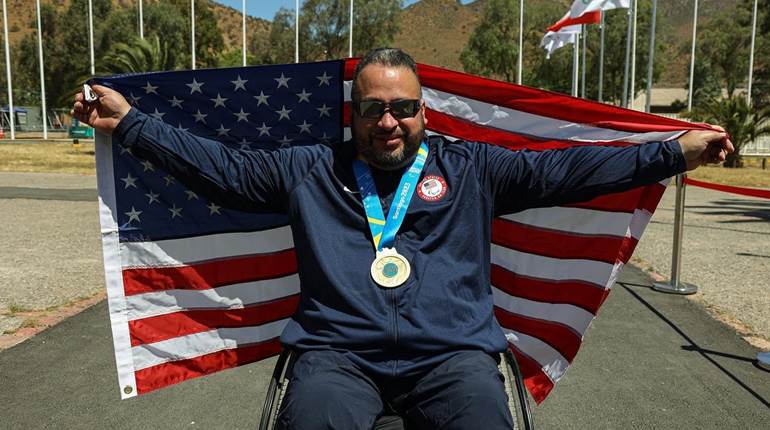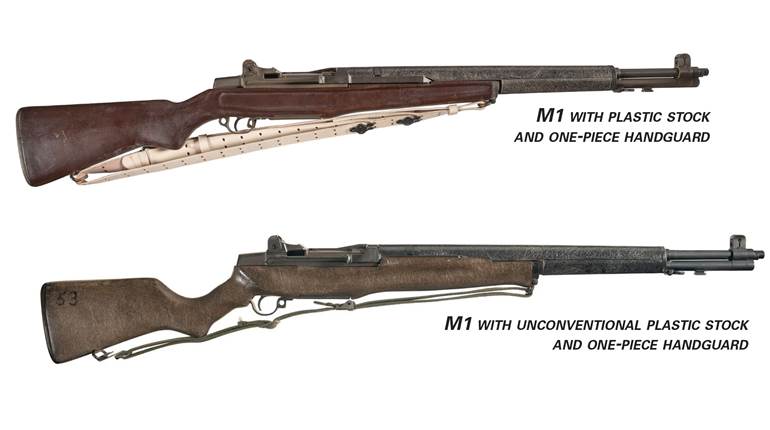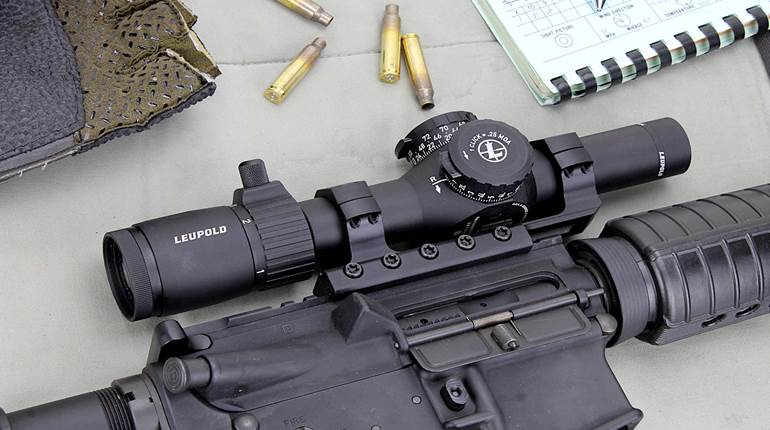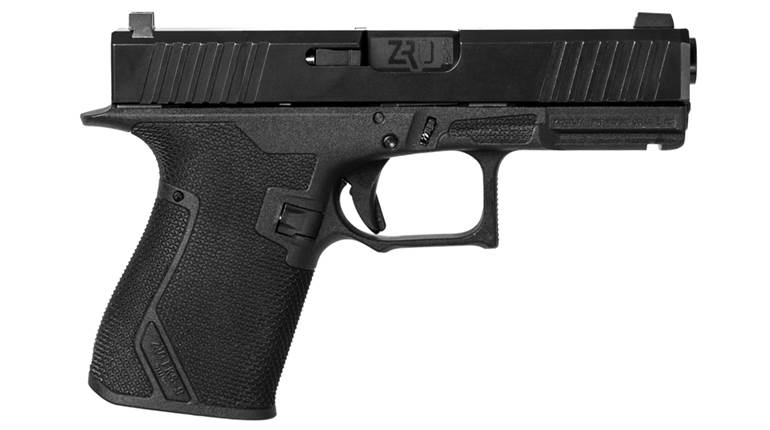
This article, ""I Felt It Had Saved My Life" … The BAR," appeared originally in the July 2006 issue of American Rifleman. To subscribe to the magazine, visit the NRA membership page and select American Rifleman as your member magazine.
Editor's Note: NRA member Frank Fulford joined the Army in September 1949. He had trained to be a transportation specialist and was passing through Fort Lewis, Wash., on his way to Japan when the Korean War broke out. He was quickly reclassified as an infantryman and assigned to the 2nd Division. He became a BAR man in C Co., 1st Bn., 38th Infantry Regiment. The division was shipped to Korea and took its place in the line around the Pusan Perimeter. He spent about 13 months in combat with the 2nd Division, enduring the withering Chinese attacks and the costly retreat through the “gauntlet” near Kunu-ri during the harsh winter of 1951. Fulford later joined the National Guard and served in an artillery unit. He retired as a major after 32 years of military service.
During basic training, the only firearm I trained with was the M1 Garand. I didn’t train with any others until I joined the 2nd Division. I was a small guy in my unit, and I trained with the Browning Automatic Rifle for a few months while we were at Fort Lewis before we shipped out for Korea. I also fired a “grease gun,” but I didn’t think too much of it. I qualified with the pistol, too. Since I was a BAR man, I was issued a pistol.
When we arrived in Korea, we went right up on the line in the Pusan Perimeter. On our first night on the line, we had a couple of heavy attacks, and I probably fired about 1,000 rounds through my BAR. We were lucky that we brought plenty of ammunition up to our hole. I fired all night, and my assistant kept loading magazines for me. The ammo we had for the BAR came in cardboard boxes with 20 rounds in each box. We didn’t have those loaders they have now with the M16 rifle, where you can strip the rounds right into the magazine. We had to load them into the magazines one round at a time. The next morning, the barrel of my BAR was all discolored, so I went down to an ordnance unit and had them change the barrel for me. It was pretty simple, and it didn’t take too long.
I really loved that BAR; I felt it had saved my life a few times. It was quite accurate, too. Most of the engagements were at 100 to 200 yds., and from those ranges, it was deadly. You just couldn’t miss. It had two cyclic rates of fire, 650 or 450 rounds per minute. Usually 450 was sufficient; it would help hold down shooting the rounds too fast. I was good enough with it that I could fire single shots by controlling the trigger pull.

The North Koreans would zero in on our automatic weapons. They’d make probing attacks to locate them. We learned not to fire the automatics during those probing attacks. You could tell when the main attack came, and then we’d cut loose. On the attack, the BAR was a great weapon. You could really keep some heads down with it. When we attacked, the BAR would be in the center of our line. It was a good reliable weapon; I fired thousands of rounds through mine, and only once did I have to take immediate action to clear a jam. It was heavy, and the ammunition was heavy, but it gave you a lot of firepower.
During the breakout from the Pusan Perimeter, the 1st Cavalry Division was in the lead, and we were cleaning up behind them. I was on our flank one time, and I saw a few North Koreans running through some trees and fired at them. I dropped a few of them, and then 14 of those rascals came out of the bushes and surrendered. It surprised the heck out of me. They had heard that BAR talking, and they came out and threw their weapons down. I had my assistant take the prisoners back to the road and went in to check to see if there were any more of them hiding. One other North Korean came out and tried to run. I called for him to stop but he wouldn’t, and he met his maker.
After a few months, I was promoted to assistant squad leader and they gave me a scoped M1 sniper rifle. It was a nice, brand-new rifle, covered with cosmoline. It came with a scope and a cheekpad. Just like that, I was a sniper. No training, just here’s your rifle, go zero it. That rifle was a honey; I could reach out and touch someone with it. I had quite a few takedowns with that rifle. One time, I saw a North Korean that was about 500 yds. away across a valley. I took him down with one shot. I held a little bit over his head, fired and watched him fall. I used that rifle for several months, but then I had a problem with it. During the fighting at Kunu-ri, it would only fire one round at a time, and I had to slam the bolt back after every shot.
I just didn’t have time to clean it. I think we had fired so much that there was a problem with carbon build-up in the gas system. It just wasn’t blowing back enough gas to cycle the bolt. I threw that rifle away and picked up another one. That one did the same thing, so I found another rifle that worked right. Normally, every time we’d stop for a while, we would clean our rifles, but we couldn’t do that during Kunu-ri. There was just too much going on. We fired thousands of rounds through those rifles during that fight. It was the only time I ever had a problem with an M1. It was a tough rifle under tough conditions, and I don’t fault it for the problem I had with it. The M1 paid its way.
Before I completed my tour, I was made a platoon sergeant and acting platoon leader. I started carrying an M1 Carbine because I could move around with it better. The carbine couldn’t hold a candle to the M1 as far as effectiveness goes. I never had to use it too much, but I didn’t like it. You just couldn’t reach out with it. Most of the time, I was directing the platoon’s fire, and I wasn’t shooting.
U.S. Infantry Weapons In Combat
The accompanying article is excerpted from U.S. Infantry Weapons In Combat, which includes interviews with 65 U.S. combat veterans from World War II and the Korean War. What’s different about this book is that it is a “gun book,” and the stories presented are based upon the guns these men used—including M1 Garands, Thompsons, M1 Carbines. U.S. Infantry Weapons In Combat is a 6"x9", 237-pp. softbound book available from Scott Duff Publications. The price is $23.50.






































